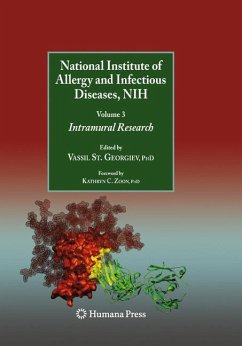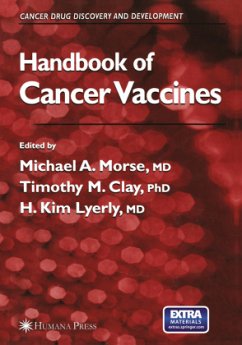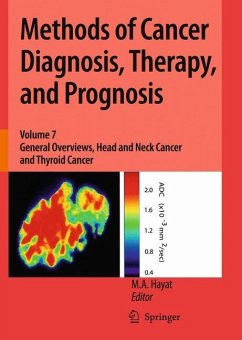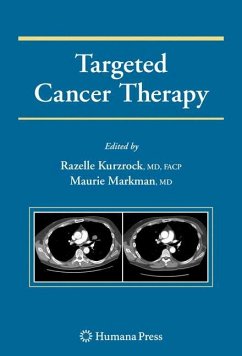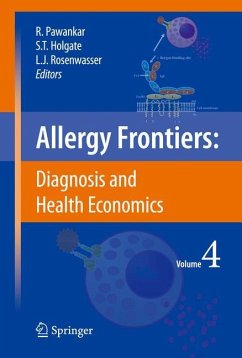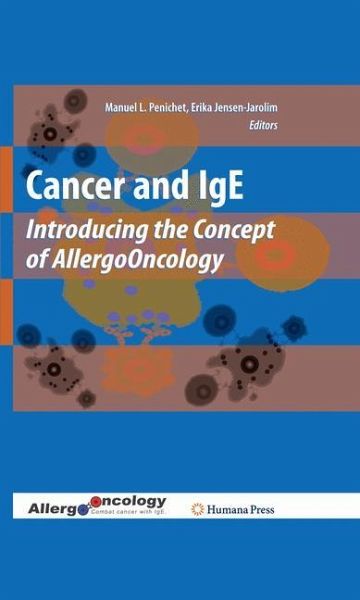
Cancer and IgE
Introducing the Concept of AllergoOncology
Herausgegeben: Penichet, Manuel L.; Jensen-Jarolim, Erika

PAYBACK Punkte
57 °P sammeln!
Erika Jensen-Jarolim and Manuel L. Penichet 1. 1 Background Infectious diseases, being the major burden in the history of mankind worldwide th until the beginning of the 20 century, were important triggers in the understanding of immunological mechanisms. In contrast to infectious diseases, reports of all- gies and cancers were less common, but increased tremendously within the last century. Based on the US mortality data of the National Center for Health Statistics, Centers for Disease Control and Prevention 2009, a recent report from the American Cancer Society indicated that the number of c...
Erika Jensen-Jarolim and Manuel L. Penichet 1. 1 Background Infectious diseases, being the major burden in the history of mankind worldwide th until the beginning of the 20 century, were important triggers in the understanding of immunological mechanisms. In contrast to infectious diseases, reports of all- gies and cancers were less common, but increased tremendously within the last century. Based on the US mortality data of the National Center for Health Statistics, Centers for Disease Control and Prevention 2009, a recent report from the American Cancer Society indicated that the number of cancer deaths increased approximately from 100,000 to 550,000 per year between 1930 and 2006, paralleling the increase of the total population during this period. Leading causes of death from cancer are lung and bronchus cancer, in men prostate cancer, and in women breast c- cer [1, 2]. Normalization to population size shows that the cancer death rate for most malignancies has been generally stable, although the mortality rate of certain malignancies, such as lung and bronchus cancer, has increased over the last 50 years [1-3]. In allergy, the situation is less clear, because for the time period around the turn of th the 19 century, only imprecise information is available. However, within the last 30 years the incidences of allergies has doubled not only in industrial countries, but in developing countries as well [4].





